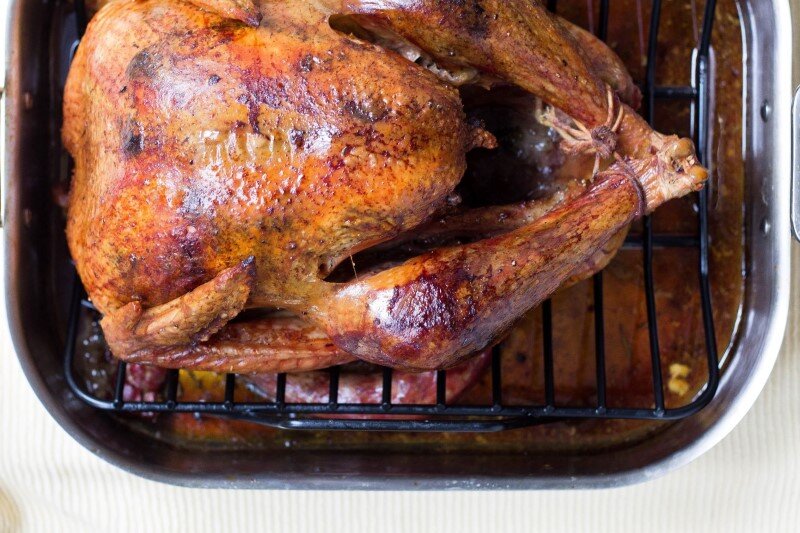
For what are you grateful? Incredibly, being grateful changes our perspective in life and even has a positive impact on our health!
In addition to reminding us to be grateful, Thanksgiving season gives us opportunities to gather with family and friends. As you gather, why not mix things up and throw in some fun science-themed activities to engage the whole family and learn together! Here are a few ideas:

Are you thankful for the vibrant color of pumpkins and the changing leaves? Maybe you are thankful for the flock of birds perched outside? Maybe it is for your body’s ability to taste and digest the delicious food you get to share? Maybe it is even for the yeast that fermented your glass of wine? What living things make your list?

Have you ever noticed how many living things are used to decorate your Thanksgiving table? Notice the colorful leaves, pinecones, squash, pumpkins. How many different colors can you count on your table? How many of these different decorations come from living things?
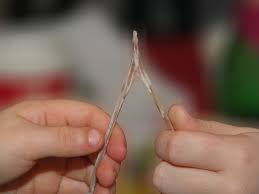
Did you know you can turn bone into “rubber”? With a little bit of time you can actually turn the wishbone, often used to make a wish, into a flexible bone that mimics rubber.
What you need:
Steps:
What has happened? We all tend to think of bone as dry and brittle – this is due to the calcium salts that give bone its hardness. What we don’t often realize is that bone also has flexible parts made of collagen – similar to what makes up the tip of your nose. When we soak a bone in acidic vinegar it removes all the hardening calcium salts and leaves just the flexible collagen – you have turned the bone into “rubber”! Try other turkey bones. If they are larger, they may need a longer vinegar soak. Have fun!
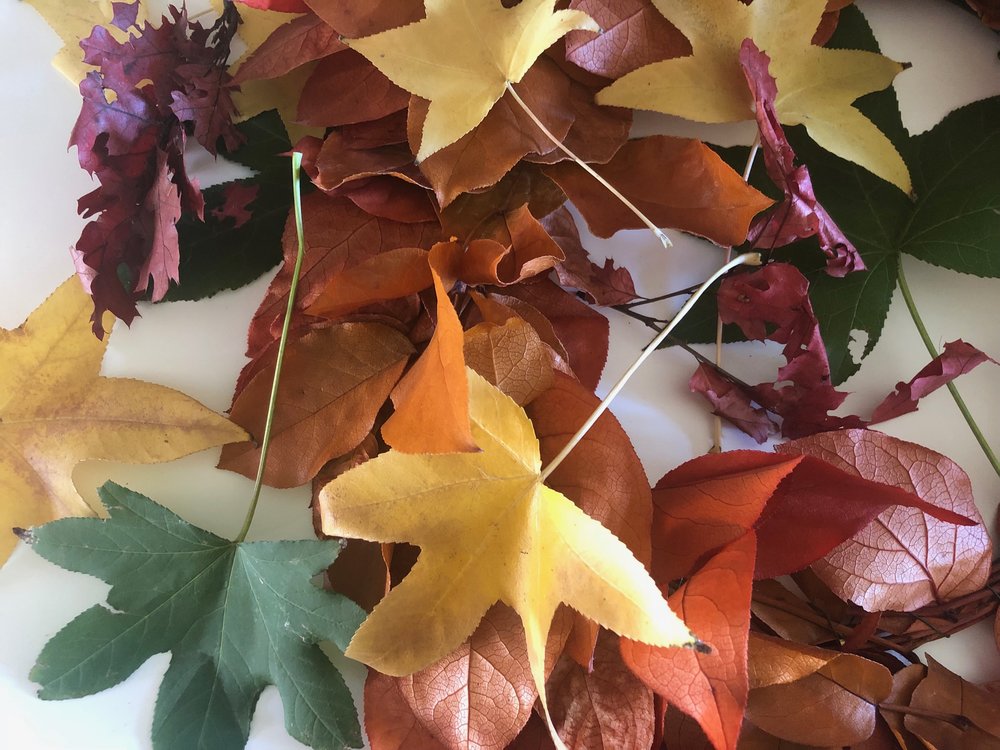
Have you ever wondered why leaves change color in the fall? Here is your chance to see why!
What you need:
· 3-4 leaves – from same tree or bush
· Rubbing alcohol
· Glass jar
· Small bowl with hot water
· White paper coffee filter
Steps:
· Tear the leaves into tiny bits and place in the jar
· Pour alcohol over the leaves – just to cover
· Mash the leaves with a spoon – the more mashing the better! The solution should turn green (or the color of your leaves)
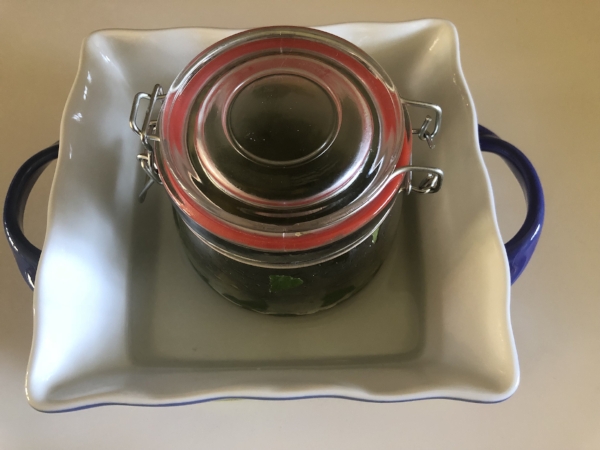
· Cover the jar and place in the bowl with hot water. Leave for at least 30 minutes, swirling occasionally.
· Cut the top of the filter in a 1inch strip all the way around.
Place one end of the filter strip into the liquid and drape the other end over the top edge of the jar.

· The liquid will travel up the filter and different color stripes will begin to appear! Let this continue for about 30 minutes. Our leaves were green but will be turning yellow!
What has happened? The alcohol and the energy from the hot water have helped to separate out all the colors/pigments found within plant leaves. The most powerful pigment found is green chlorophyll. In the fall, however, chlorophyll breaks down and all of the other leaf pigments show through. These can be orange, yellow, or even red. These are the colors that will show up in the stripes of your coffee filter. These are the colors that show up in fall leaves!
Let us know what you think of these ideas! Take some pictures – we’d love to see your discoveries! If you are looking for other fun experiments you can do at home, check out The 5 Most Popular Experiments With Household Supplies!
Happy Thanksgiving to you and your family! We hope your day is filled with grateful moments, great food, and … a fun science experiment!
Your students’ first BioBox is not just a starter kit, it is an introduction to the biological world.
Microscope Box
The Microscopic World
Get your own microscope and learn to use it
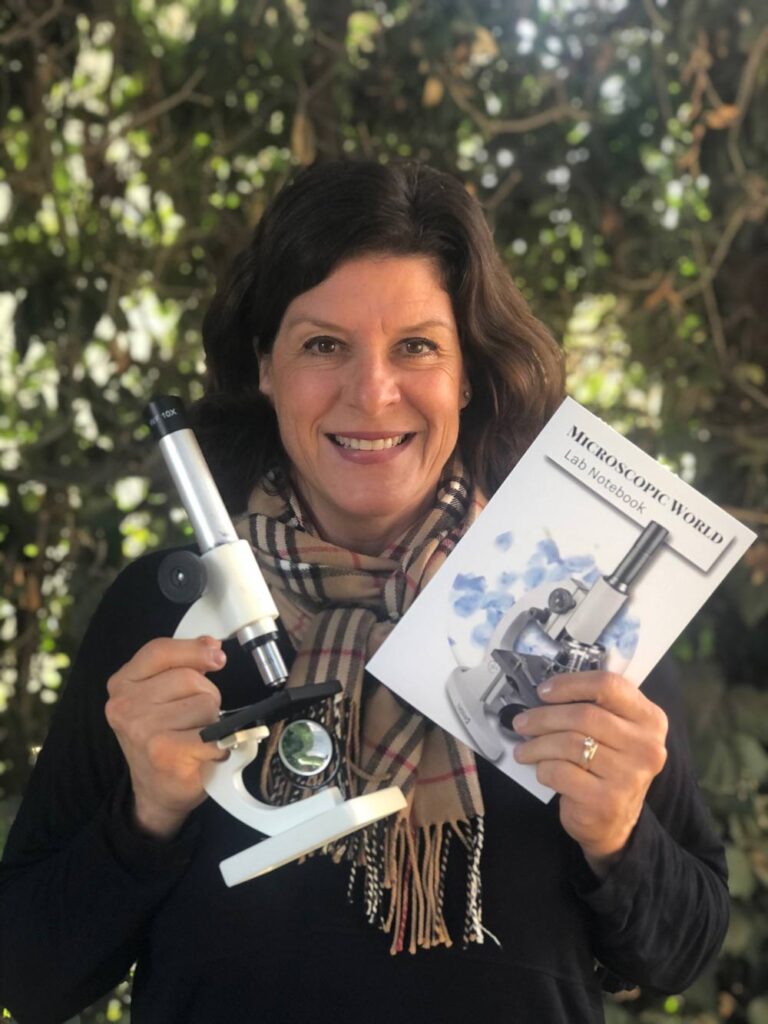
Our store is now closed as we take time to reimagine the future of BioBox Labs. We won’t be accepting new orders at this time, but stay tuned—we hope to be back in 2026 with exciting updates! Thank you. - Lisa